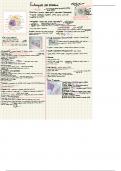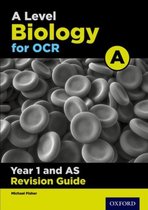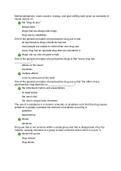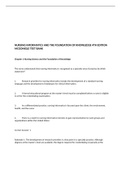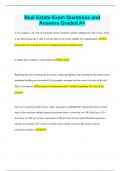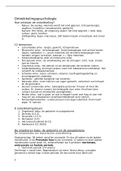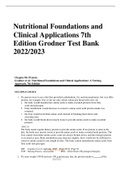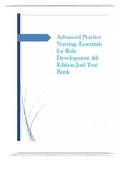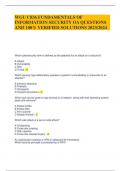Summary
Summary A Level Biology for OCR A Year 1 and AS Revision Guide - Eukaryotic cell structure
- Module
- Eukaryotic cell structure
- Institution
- OCR
In-depth notes covering the eukaryotic cell structure which includes useful diagrams for better learning. The summary notes are based of off the Oxford OCR A textbook therefore includes all the spec points necessary to achieve high grades.The summary is easy to understand having been written in a c...
[Show more]
